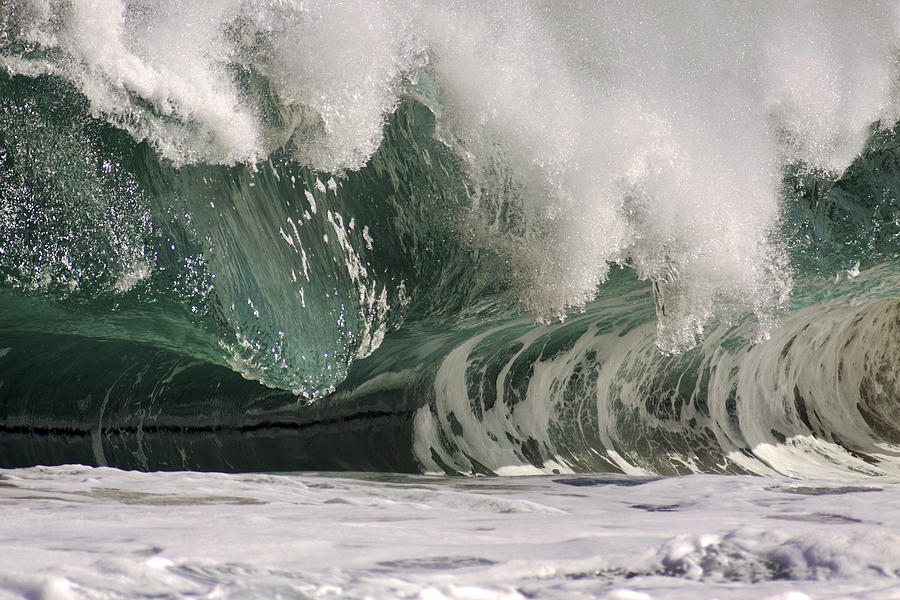FWP:
The divan form of this ghazal has no closing-verse. The original closing-verse was {47,4x}.
Faruqi uses a reading of to , rather than tuu , in the first line; several other commentators use tuu . Although Arshi doesn't provide a diacritic, he does place a comma [one of his many-- such a pity!] after the word, so it's apparent that he reads it as tuu . Vajid very sensibly says that both readings are possible. It doesn't seem to make that much difference, really.
This verse offers an unusual and fascinating pattern of internal rhyme. The ghazal is in the most regular of meters, simply / - = = = / repeated four times, but in this verse Ghalib has created a marked caesura effect in the middle of each line, and emphasized it with the unusual device of what might be called reversed internal rhyme. Here's how the feet break down
;ha rii fe jo / shi she dar yaa //
na hii;N ;xvud daa / ri ye saa ;hil
ja haa;N saa qii / ho tuu baa :til // hai da(( v;aa ho / sh yaa rii kaa
As can be seen, 'yaa' and 'kaa' echo each other, while 'saa;hil' and 'baa:til' do the same, in a sort of X-shaped pattern of allusion that is hardly likely to have come about by accident. In fact, the crossover pattern suggests what is imagined in the verse: the way the ocean and the shore would mingle, the way the resistant drinker would surrender to the rush of intoxication.
Faruqi is right to suggest a comparison with the present
verse's mirror image, {12,2}.

Hali:
That is to say, the shore may draw itself back hundreds of thousands of times, but when the sea is in spate, then the shore cannot remain protected. In the same way, where you are the Cupbearer, there the claim of self-command cannot be sustained. This verse can be applicable to both the mystical and the human realms.
==Urdu text: Yadgar-e Ghalib, p. 143